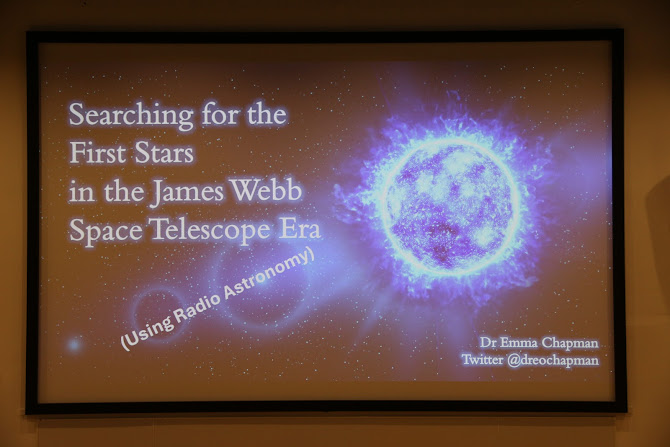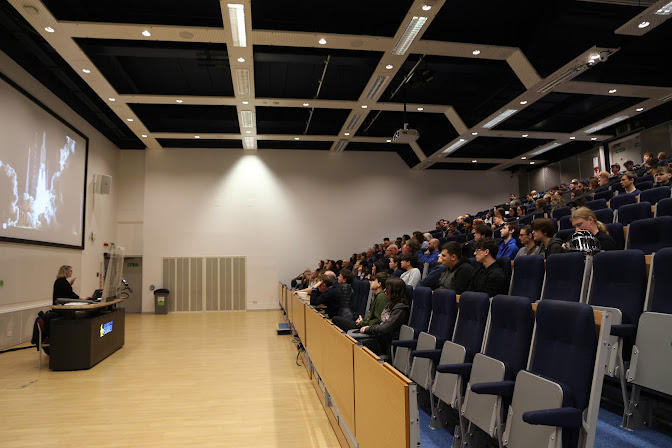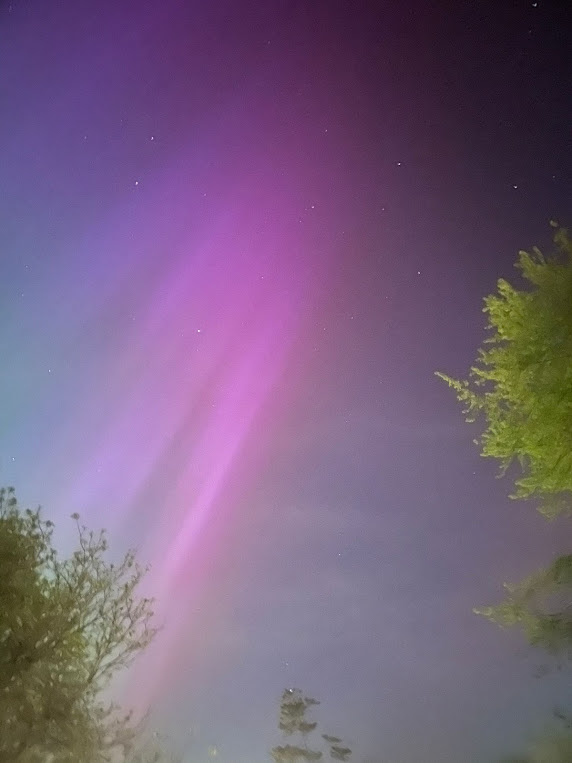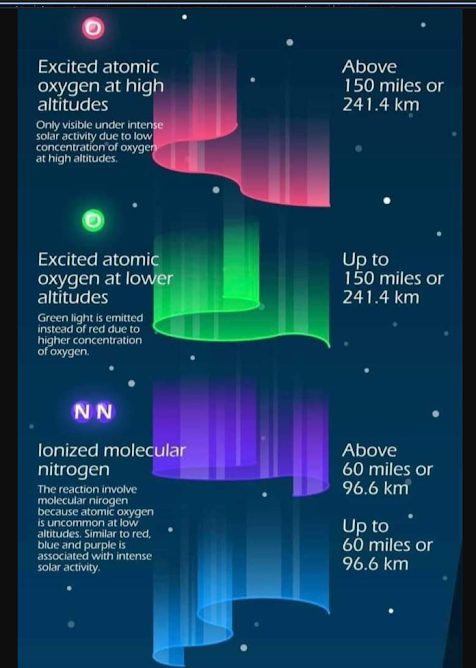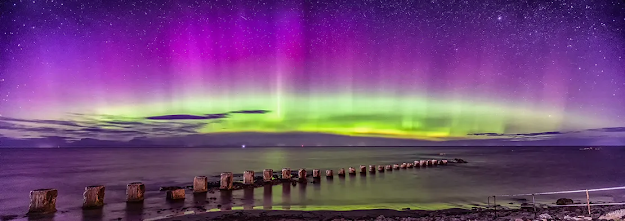 |
| NASA astronauts Butch Wilmore and Sunita Williams Source : Flickr |
In an unexpected turn of events, two NASA astronauts, Barry "Butch" Wilmore and Sunita Williams, face an extended stay aboard the International Space Station (ISS). Originally scheduled for an eight-day mission, technical challenges with their spacecraft mean they may remain in orbit until early 2025. This development highlights both the complexities of space travel and the rigorous testing required for new space vehicles.
Contents of the Blog:
1. The Boeing Starliner Mission: A Test Flight with a Twist
2. Unplanned Extended Stay: Astronauts' New Reality
3. NASA's Response and Future Plans
4. Longest Space Missions in History
5. About the Boeing Starliner
The Boeing Starliner Mission: A Test Flight with a Twist
On June 5, 2024, veteran astronauts Mr. Wilmore, 61, and Ms. Williams, 58, embarked on a historic journey aboard Boeing's Starliner spacecraft. The mission marked Starliner's first crewed flight to the ISS, a crucial test for evaluating the spacecraft's performance before it is integrated into NASA's regular operations.
The flight was primarily designed to assess Starliner's capabilities, but as it approached the ISS, several issues emerged, notably leaks in its propulsion system and thruster shutdowns. These technical challenges, while manageable during the approach, have raised concerns about the Starliner's ability to safely return the crew to Earth.
 |
NASA astronauts Butch Wilmore and Sunita Williams in International Space Statiom Source : Flickr |
Unplanned Extended Stay
Originally planned as a short-term mission, the astronauts now face the possibility of remaining aboard the ISS until February 2025. One of the solutions being considered is to integrate Wilmore and Williams into a SpaceX Crew Dragon mission scheduled for September. This mission was initially planned to carry four crew members, but it could accommodate the NASA astronauts by leaving two seats empty, ensuring their return in February 2025.
This change would extend their mission duration from eight days to over eight months, a significant adjustment for the astronauts. If this plan proceeds, the Starliner will be returned to Earth without a crew, utilizing computer control to navigate the descent.
NASA's Response and Future Plans
 |
Space Station Flight Control Room Source : Flickr |
NASA officials are currently evaluating the situation, with a final decision expected within a week. The safety of the astronauts remains the top priority, and the decision will ensure that the best available technology and resources are used for their safe return.
Despite the unexpected extension, NASA assures that Wilmore and Williams are well-prepared to handle the challenges of a prolonged mission. Historically, astronauts have spent much longer periods in space, adapting to the rigors of life aboard the ISS.
Longest Space Missions in History
 |
| Valeri Polyakov Source : Creative Commons Wikipedia |
While the extended mission may seem daunting, it is not unprecedented. In the mid-1990s, Russian cosmonaut Valeri Polyakov spent a record-breaking 437 days aboard the Mir space station. More recently, NASA astronaut Frank Rubio completed a 371-day mission on the ISS, the longest for any American. Additionally, Russian cosmonaut Oleg Kononenko, currently on the ISS, has accumulated over 1,000 days in space across his career.
About the Boeing Starliner
 |
| This artist's concept shows Boeing’s CST-100 Starliner spacecraft, docking to the International Space Station. |
The Boeing Starliner is a next-generation spacecraft designed to transport astronauts to and from the ISS as part of NASA's Commercial Crew Program. Developed in collaboration with NASA, the Starliner aims to provide a reliable and reusable option for crew transportation. Equipped with advanced avionics, safety systems, and a robust propulsion system, the Starliner is a critical component of NASA's strategy to ensure access to low Earth orbit.
Despite the current challenges, Boeing and NASA are committed to addressing the issues and enhancing the spacecraft's reliability. The lessons learned from this mission will contribute to the ongoing development and improvement of the Starliner program, ensuring its future success in supporting NASA's space exploration goals.
Summary
 |
International Space Station : This is where the astronauts Sunita Williams ans Barry Wilmore are present today Source : Flickr |




